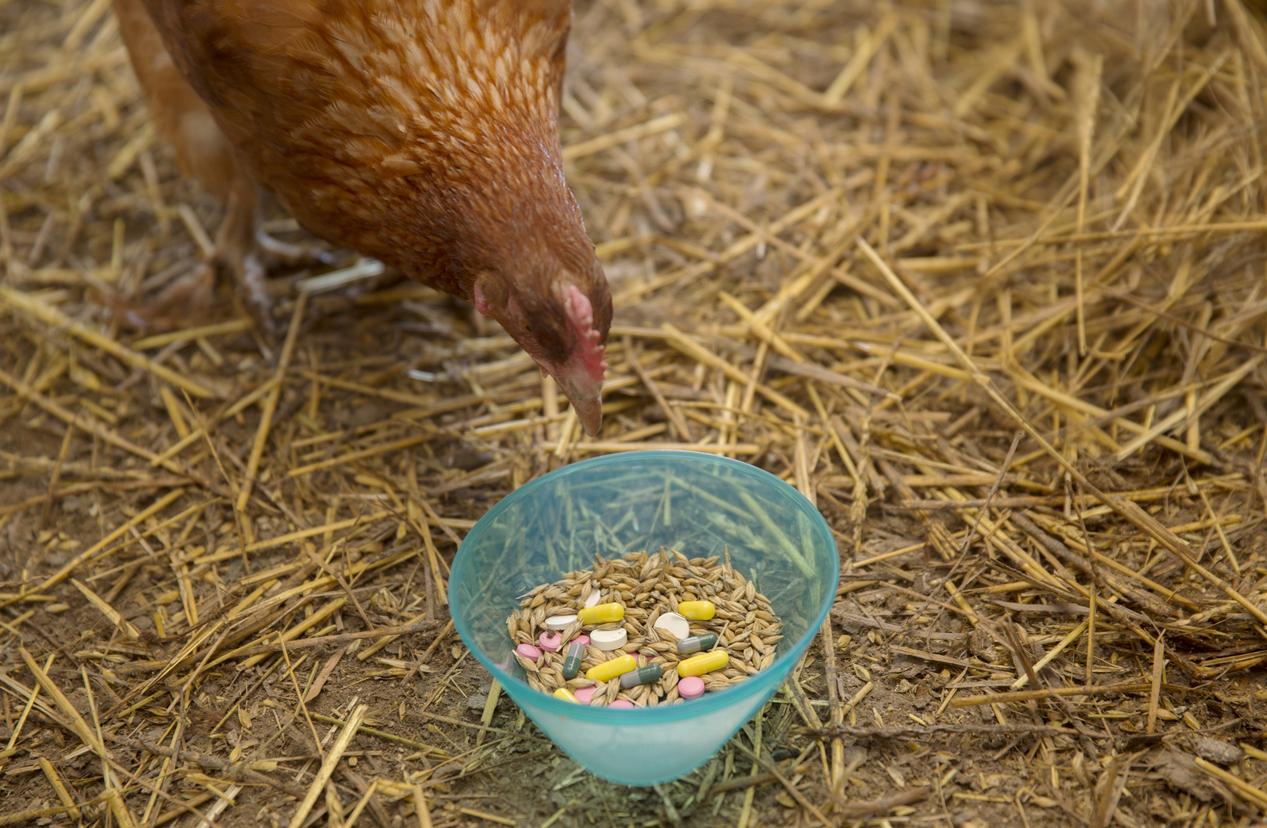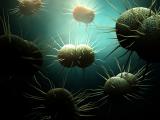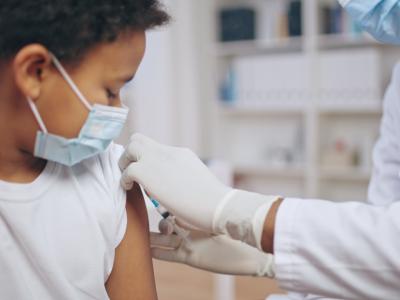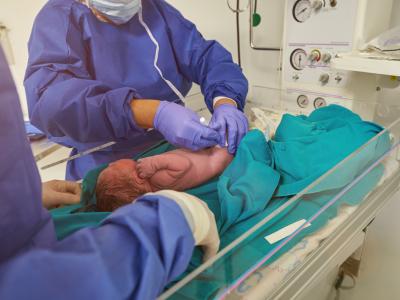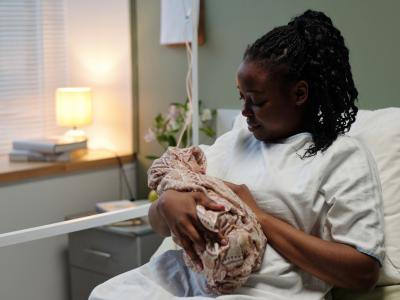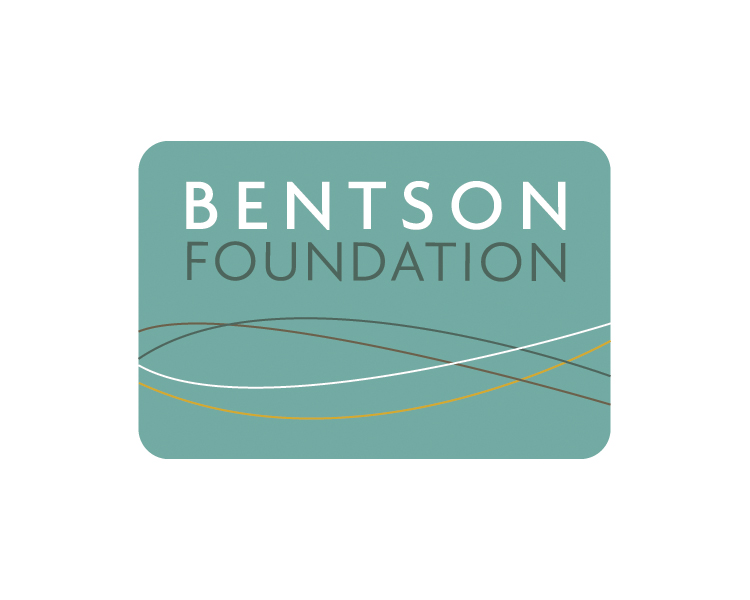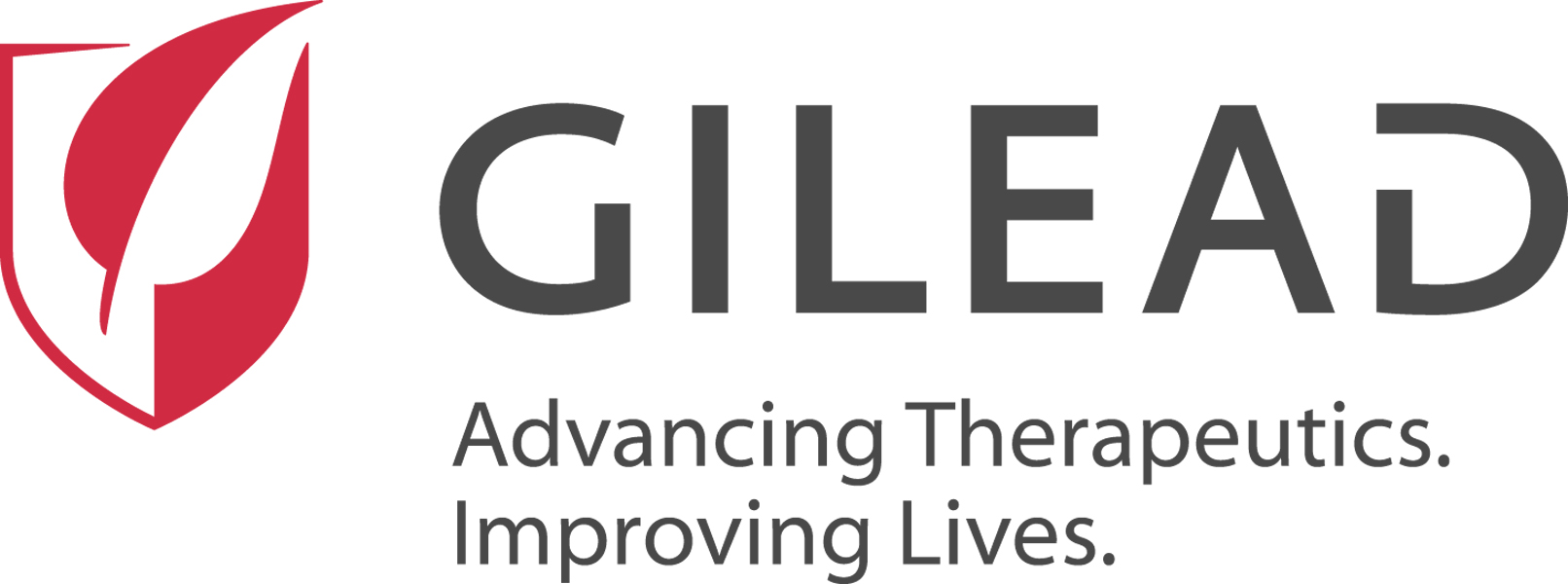New research suggests that a class of antibiotics commonly used in poultry and other food-producing animals, but not in people, could contribute to antibiotic-resistant infections in humans.
The antibiotic class in question is ionophores, which are used to treat the parasitic infection coccidiosis in poultry and to promote growth and prevent disease in pigs and cattle. Ionophores are one of several classes of antibiotics used in food-animal production that are considered non-medically important because they aren't used in human medicine, due to toxicity. Regulated less strictly than medically important antibiotics, ionophore use accounts for 37% of antibiotics used in food-producing animals on the United States.
But in a study published last week in mSphere, researchers from Carleton University in Ottawa revealed that ionophore use could co-select for resistance to medically important antibiotics, such as tetracycline and vancomycin. Using genome sequence data from a database of bacterial pathogens, they found that bacteria carrying genes that confer resistance to ionophores are widespread, present in animals and people, and carry multiple resistance genes to medically important antibiotics.
"That really suggests that the assumption that ionophore use in animals is safe for humans is not a good assumption," senior study author Alex Wong, PhD, said at a media briefing yesterday. "We're accidentally selecting for resistance to drugs that are important to humans. So this is an issue we think we need to pay more attention to than we have."
Ionophore-resistant bacteria found around the world
For the study, Wong and his colleagues examined genome sequence data from the NCBI (National Center for Biotechnology Information) Pathogens database. They narrowed their search to genomes containing narA and narB genes, which have been found to confer resistance to the ionophores narasin and salinomycin in Enterococcus faecium.
Previous studies from Sweden and the Netherlands have found E faecium isolates from poultry carrying narA and narB genes on the same plasmid as genes causing resistance to vancomycin, erythromycin, and tetracycline. Plasmids are mobile pieces of DNA that can spread resistance genes from one bacterial species to another. The primary aims of the study were to determine whether narA and narB genes are consistently linked with resistance genes for medically important antibiotics, and how geographically widespread they are.
They found that narA and narB genes were present in 2,442 bacterial isolates from 51 countries, primarily in Enterococcus faecalis and E faecium but also in eight other bacterial species. The isolates were primarily from poultry but also derived from swine and cattle. And more than 500 were collected from people, a finding the researchers say indicates there's been some transfer from farm animals to humans.
"The initial reports were out of individual countries, but it turns out we find these ionophore-resistant bacteria worldwide," Wong said. "We find them in North America, Europe, Asia, Oceania—every continent except Antarctica."
We're accidentally selecting for resistance to drugs that are important to humans.
In addition, the isolates containing narA and narB harbored an average of more than eight resistance genes. The most common resistance genes detected were predicted to confer resistance to erythromycin, tetracycline, and aminoglycosides. As Wong explained, that means continued ionophore use in food-animal production could not only select for more ionophore resistance, but also for resistance for antibiotics that are needed for human medicine.
"And now someone can potentially get sick from that resistant bacteria that's in a pig or a cow or a chicken," he said.
Gail Hansen, DVM, MPH, a public health and veterinary consultant who was not involved in the research but took part in a roundtable discussion with Wong and other experts, said the findings upend the traditional thinking about ionophores, which the Food and Drug Administration (FDA) and the World Health Organization have long considered not to be a threat to human health.
"Because we've not used ionophores in humans, and won't use them, we've sort of said 'we don't have to think about it,' " Hansen said. "I think we need to take a harder look at what we previously presumed was happening or not happening."
Questions about human risk
The study was funded in part by Perdue Farms, one of the country's largest poultry producers. In a press release, the company noted that while ionophore use in the poultry industry has been on the rise, its "No Antibiotics Ever" policy includes ionophores.
"For a decade now, our No Antibiotics Ever commitment has reflected our belief that what's good for the bird is also good for people– and this study confirms that belief is well-founded," said Perdue Farms Chief Scientific Officer Bruce Stewart-Brown, DVM.
While the study doesn't provide definitive proof that ionophore use is a threat to human health, Wong said there are several areas of research to pursue to further demonstrate human risk. One will be further molecular analysis to determine whether animal and human isolates carrying ionophore-resistance genes are closely related. He also wants to investigate transmission routes.
"Are people getting these resistant isolates from food products? Are they getting from environmental transmission?" he asked. "More careful sampling will be needed to address those questions."
But for Steven Roach of the Food Animal Concerns Trust, the findings are evidence enough that the FDA should limit ionophore use in food-producing animals to disease treatment.
"I think our policies need to change," Roach said. "If there is a connection to development of resistance in humans, then they shouldn't be used for growth promotion."
